Carnival in Venice – Martedi Grosso – Fat Tuesday
Carnival in Venice
Martedi Grosso – Fat Tuesday

The word carnival comes from the Latin “carnem levare” (eliminate meat) as it originally indicated the banquet that was held on the last day of Carnival (Mardi Gras), immediately before the period of fasting and abstinence of Lent.
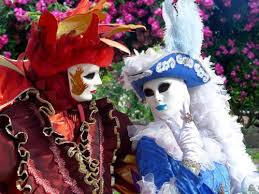
Carnival is a festival that is celebrated in countries of Christian tradition. Today, celebrations often take place in public parades that mainly feature elements of playfulness and imagination, in particular, the distinctive and characteristic feature of the carnival: the use of masking.
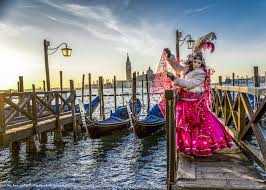
Although present in the Catholic tradition, Carnival has a much more ancient origin: such as the Greek Dionysian (the Anthesteria) or the Roman Saturnalia. During the Dionysian festivals and Saturnalia there would be a temporary dissolution of the social obligations and hierarchies, to make way for the overthrow of the order, jokes, games and even to debauchery.
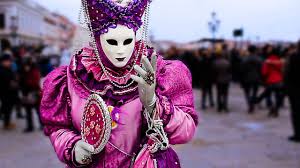
Chiacchiere, which means “gossip”, “rumours” are traditional Carnival sweets. Their shape is a strip, sometimes twisted into a bow or knot (in some areas in fact they take the name of bows). They are made with a mixture of flour that is baked or fried and then dusted with powdered sugar or honey or chocolate.
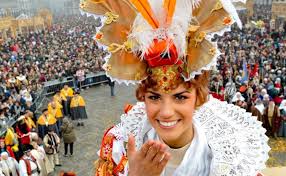
Cicerchiata, another traditional Carnival sweet, it’s originally from the Abruzzi region. The cake is made from a dough of flour, eggs, and in some variations, butter or olive oil, sugar, liqueur (Marsala) and lemon juice. From this little balls about an inch in diameter are made, which are then fried in olive oil or lard. Once drained, they are mixed with hot honey and positioned into a “heap”. The honey cements the balls as it cools between them and gives strength to the structure.
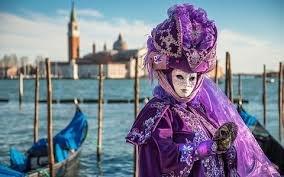
This site contains product affiliate links. We may receive a commission if you make a purchase after clicking on one of these links.


